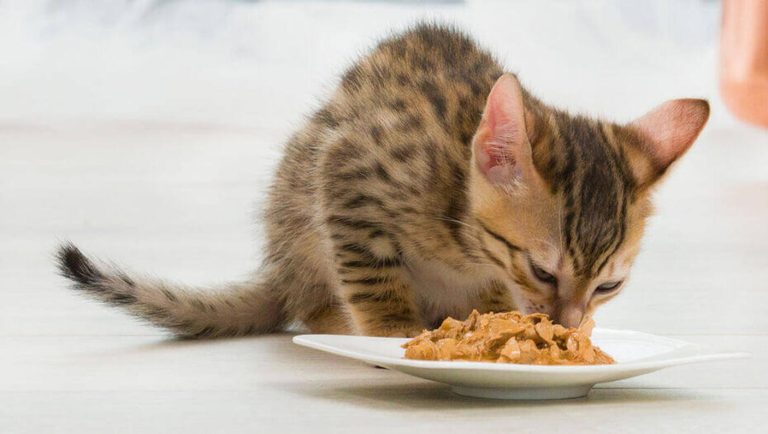Puppy and Kitten Food: The Guide to Choosing the Right One
Introduction: Bringing a new puppy or kitten into your home is an exciting and joyous occasion. As a responsible pet owner, one of the most important decisions you’ll make is choosing the right food for your furry friend. In this guide, we’ll walk you through the essential factors to consider when selecting puppy and kitten food to ensure a healthy start for your beloved pet.

Section 1: Understanding the Unique Needs
Puppies and kittens have distinct nutritional requirements that differ from adult dogs and cats. These early stages of life are crucial for their growth and development. Here’s what you need to know:
1.1 Protein: Growing puppies and kittens need a diet rich in high-quality protein to support muscle and tissue development. Look for food labeled as “puppy” or “kitten” as they contain the necessary protein levels.
1.2 Fat: Young pets require higher levels of fat for energy and brain development. Ensure the food you choose has appropriate fat content to meet these needs.
Section 2: Ingredients Matter
The ingredients in your pet’s food play a vital role in their overall health. Here’s what you should look for:
2.1 Meat as the First Ingredient: Choose foods where real meat, such as chicken or beef, is listed as the primary ingredient. Avoid products with vague labels like “meat by-products” or “meal.”
2.2 Limited Fillers: Quality pet food should have minimal fillers like corn, wheat, or soy, as these provide little nutritional value and can lead to allergies.
Section 3: Age-Appropriate Formulas
Puppy and kitten food comes in different formulas tailored to their specific needs. Ensure you pick the right one:
3.1 Wet or Dry Food: Consider your pet’s preference and your convenience. Wet food can be more appealing to kittens and puppies, while dry kibble promotes dental health.
3.2 Life Stage Labels: Choose food labeled for the appropriate life stage. There are formulas for puppies, kittens, and even specific breeds that have unique nutritional requirements.
Section 4: Consult Your Veterinarian
Before finalizing your decision, consult your veterinarian. They can provide valuable insights into your pet’s specific dietary needs, especially if your pet has allergies or sensitivities.
Section 5: Transitioning to Adult Food
As your puppy or kitten grows, their nutritional needs change. Gradually transition to adult food around 12-18 months for dogs and 12 months for cats. Consult your vet for guidance during this transition.
Conclusion: Choosing the right puppy and kitten food is a crucial step in ensuring your pet’s health and happiness. By understanding their unique nutritional needs, checking ingredient labels, and consulting your veterinarian, you’ll be well-equipped to make an informed choice. Remember that the right food will set the foundation for a vibrant and healthy life for your furry companion.



